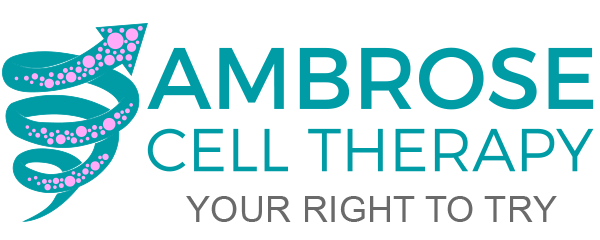AMBROSE Cell Therapy was founded in 2018 by Matthew Feshbach.
Our Mission is: To help people with chronic degenerative diseases improve symptoms, function, and quality of life using adult stem cell therapy.
In August 2011, our CEO and Founder Matt and his brother, Joe, founded Okyanos (Oh-key-ah-nos) Cell Therapy in Freeport, Bahamas. The Greek God of Rivers, “Okyanos,” symbolizes the restoration of blood flow, which is an essential mechanism of action of ADRCs. Due to the uncompromising standard of care for their patients, Okyanos became to be known by many as the first purpose-built, cell therapy center of excellence in the world. Matt left Okyanos in April of 2017.
On May 30, 2018, the Federal Right to Try Act of 2017 (Right to Try Act) was signed into law. This provided Matt with the opportunity to establish AMBROSE Cell Therapy in Beverly Hills, CA. The purpose of the Right to Try Act is to empower patients who are terminally ill or have life-threatening diseases to take control of their health by having the right and opportunity to seek treatment that is not approved by the FDA. The ADRCs and patient criteria used by AMBROSE are uniquely compliant with the Right to Try Act.
Our overarching purpose of helping people with complex chronic diseases to live better lives is what drives us. From another angle, we aspire to deliver the highest standard of cell therapy available today to help solve the unfathomably wide-reaching unmet need these patients represent. Those with life-threatening diseases (including debilitating conditions) live with vexing complexities, and, sadly, surgeries, drugs, and devices have often not significantly improved their quality of life. Further, we are committed to continuous advancement to build upon the foundation we have established.
